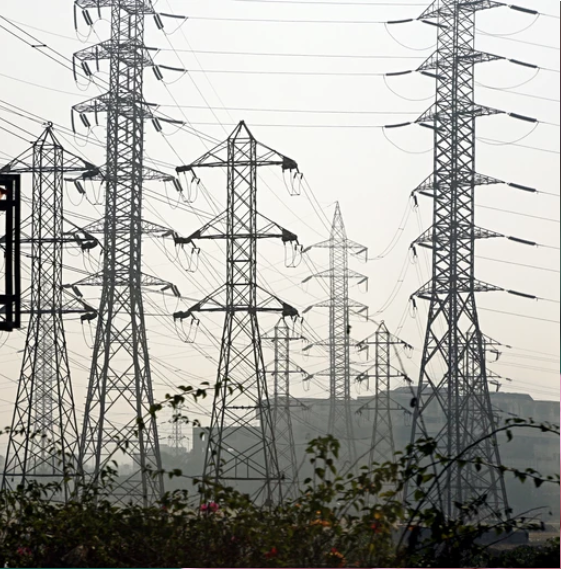Power markets and their structure are complex and critical to providing reliable, affordable electricity worldwide. This is no simple task, as supply and demand must be balanced every second and the market must send the correct price signals to motivate efficient generation and investment in the sector over time.
The structure of global power markets has evolved widely over the last several decades. Forty years ago, the power sector was widely regarded as a public utility function. Since then, in all types of countries—small and large, advanced, and emerging—alternative designs to integrated monopolies have been deployed including free entry, competition for the market, and competition in the market. Valuable lessons can be drawn from past and current experience of countries under different design options.
However, to date there has been no systematic tracking of power market structures—until now.
The new Global Power Market Structures Database addresses this data gap by examining the power market structure adopted in all 230 global economies between 1989 and 2024. The database’s objective is to present different designs pursued globally in structuring power markets. In addition to the type of power market structure, the database documents sector unbundling, existence of a sector regulator, and independent power producer (IPP) entry.
The database highlights that many countries transitioned between different power market structures seeking to enhance sector efficiencies while improving electricity access, affordability, quality of supply, and sustainability. Seventy-one economies currently retain the power market structure they had in 1989. In contrast, 159 economies moved between different power market structures in the past 35 years (see data visualization below). The dominant trend has been the adoption of market designs that, to varying degrees, expanded the role of the private sector in the electricity sector.
In 1989, the vertically integrated utility (VIU) model, where a single entity carries out all functions in the electricity sector, was the dominant market structure adopted by 215 economies. Today its usage has significantly reduced to 72 economies. Some markets leveraged this structure to ensure that investment decisions and operations were coordinated and to achieve energy security and social objectives such as rural electrification. However, some economies with VIUs have seen investment lags, lack of competition, poor financial performance, low efficiencies, and higher losses.
Currently, the single-buyer model (SBM) is the most utilized power market structure in the world. Eighty-nine countries and territories operate their power sector through this structure. Under SBMs, the state authorizes private independent power producers (IPPs) to generate electricity and sell to the national power company or a wholesale purchasing agency. This market design allows limited competition for the market, whereby private generators compete to supply power to central buyers via contracts. It is relatively easy to implement and tailored to country contexts. However, sub-optimal sector outcomes can result if the single buyer is financially weak and unable to honor the terms of its contracts with power generators.
Some countries have further enhanced competition in the power sector by allowing active participation of public and private generation companies, distribution and supply companies, and end-users in the market. Market-determined electricity prices aid price discovery and enable transparent signals for investments, while opening up opportunities for the private sector. This type of competition in the power sector was present in only one country in 1989 (Chile) but has grown to encompass 69 countries.
Well-designed power markets can incentivize investments at the scale needed to deliver widespread renewable energy integration and access to clean, affordable, and reliable electricity. There is significant variation in electricity market designs adopted by countries globally. No “one-type fits all” blueprint exists, for any design to function well, the country, political and economic context matters.
The Global Power Market Structures Database is a valuable tool for policymakers, investors, and researchers to keep track of the ongoing global evolution in power market structures. It provides a uniquely global perspective with detailed insights on each country’s power market design features. Users can find panel data on the type of power market structure in operation in each economy between 1989 and July 2024. The database also documents whether there are a mix of market structures operating within the same country, for example Canada and India, where different states and provinces have adopted different structures for the power sector.
The database contains several other variables that are key to power market structures including: (i) the year of sector unbundling and type of unbundling; (ii) the year the sector regulator was established with a link to the regulators website and a description of the regulator’s main functions; (iii) the year first independent power producer (IPP) became operational, the technology type of the IPP, and if the first IPP is currently under construction.
The database only relies on publicly available sources. More than 2500 sources were consulted to establish the dataset. The starting point was always the website of the relevant national power utility(ies), sector regulator, relevant ministries and other government sources. This was supplemented with extensive research for each country both in English and in the native language(s). A range of sources were consulted including academic papers, reports by regional development banks, information from intergovernmental organizations, news articles (both international and local news agencies).
The database is currently available to be downloaded in Excel. In addition, a methodology note, which explains the process followed for data gathering and categorizations, is available for users. Highlights of results from the data are provided in an accompanying PowerPoint available for download. All sources utilized are in an accompanying document.
A dedicated website will be developed next year to house the dataset. The website will allow users options to visualize and analyze the database. The database will be periodically updated by the Energy and Extractives Global Department to ensure high-quality and up-to-date data is publicly available in this important area.
Source: blogs.worldbank.org



